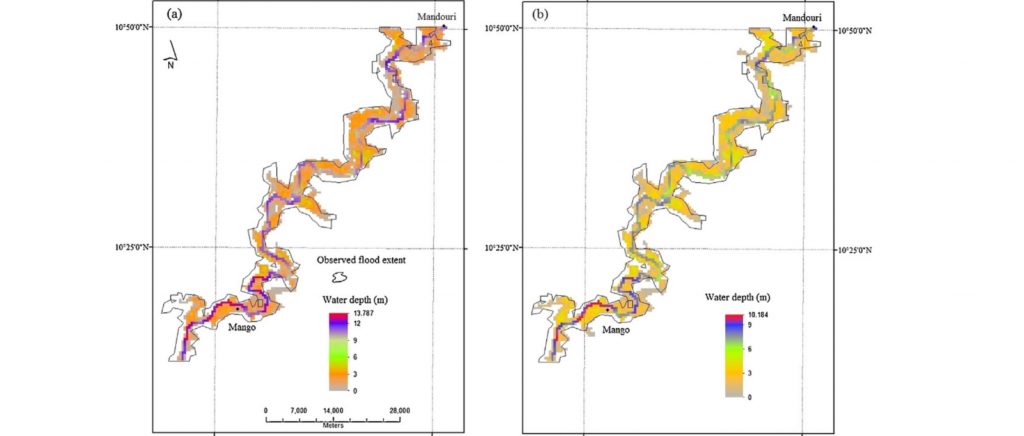This paper describes the optimisation of numerical solvers to further increase the computational efficiency of our simulations.
Flood inundation models are increasingly used for a wide variety of river and coastal management applications.
Nevertheless, the computational effort to run these models remains a substantial constraint on their application. In this study four developments to the LISFLOOD-FP 2D flood inundation model have been documented that: 1) refine the parallelisation of the model; 2) reduce the computational burden of dry cells; 3) reduce the data movements between CPU and RAM; and 4) vectorise the core numerical solver. The value of each of these developments in terms of compute time and parallel efficiency was tested on 12 test cases. For realistic test cases, improvements in single core performance of between 4.2x and 8.4x were achieved, which when combined with parallelisation on 16 cores resulted in computation times 34-60x shorter than previous LISFLOOD-FP models on one core. Results were compared to a sample of commercial models for context.
Research highlights
Developments to the LISFLOOD-FP flood inundation model are presented.
The value of these was tested in terms of compute time and parallel efficiency.
Improvements in single core performance of between 4.2x and 8.4x were achieved.
Parallelisation on 16 cores resulted in 34-60x shorter computation times.




